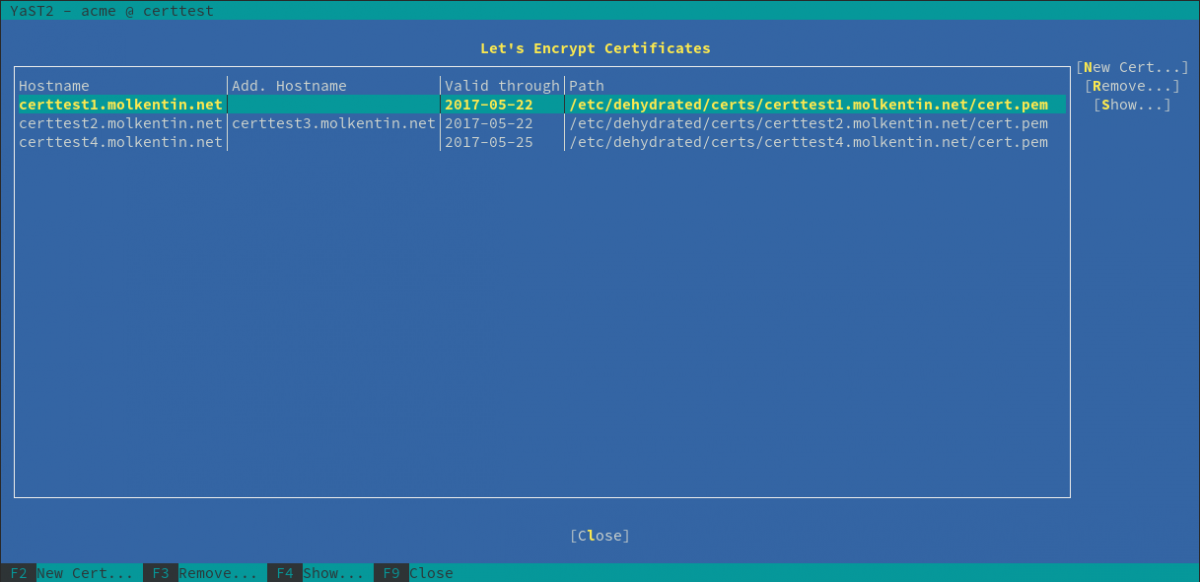Offener Brief an das “üpo”: Barking up the wrong tree
(Disclaimer: Ich repräsentiere nicht den CCC oder seine Organe. Ich bin aber seit Jahren auf dem Congress präsent.) Lieber Richard Schneider! Da haben Sie aber ganz schön Wind gemacht. Der CCC als Sklavenherr einer Laienarmee und die studierten Diplomdolmetscher aussen …
Offener Brief an das “üpo”: Barking up the wrong tree Read more »


